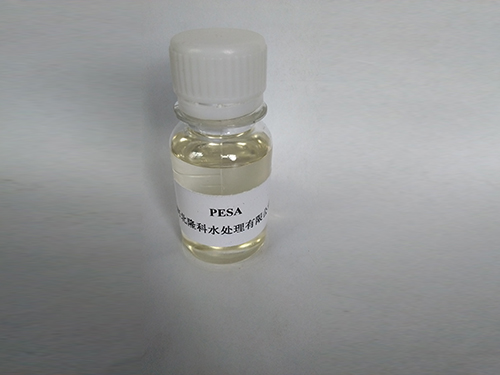Discover the Future of Technology with DTPMPA
Understanding DTPMPA The Role of DTPMPA in Water Treatment and Beyond
DTPMPA, which stands for Diethylene Triamine Penta (Methylene Phosphonic Acid), is a multi-functional phosphonate compound that has gained significant attention in various industrial applications, particularly in water treatment. Its unique chemical structure allows DTPMPA to function effectively as a chelating agent, scale inhibitor, and corrosion inhibitor, making it a vital component in maintaining the efficiency and longevity of machinery and systems that rely on water.
.
Moreover, DTPMPA is also effective in controlling corrosion. When metal surfaces are exposed to water, especially in systems that experience changes in temperature and pressure, corrosion can occur, leading to structural damage and costly repairs. DTPMPA works by forming a protective layer on metal surfaces, thus reducing the rate of corrosion and extending the lifespan of equipment. This feature is particularly valuable in systems that incorporate high temperatures or aggressive chemical environments, where traditional corrosion inhibitors may fall short.
dtpmpa

In addition to its water treatment capabilities, DTPMPA is widely used in the field of detergents and cleaning agents. As a chelating agent, it enhances the efficacy of cleaning solutions by binding to metal ions that can interfere with the cleaning process. This is particularly important in formulations designed for hard water environments, where mineral content can diminish the performance of soaps and detergents. By incorporating DTPMPA, manufacturers can ensure that their products deliver superior cleaning power, meeting consumer expectations and industry standards.
Furthermore, DTPMPA has applications in the agricultural sector, where it is used as part of various formulations, including fertilizers and pesticides. It helps improve the bioavailability of essential nutrients by preventing the precipitation of metal ions in the soil, thus enhancing plant growth and health. This aspect underscores the compound's versatility and importance across different industries.
In conclusion, DTPMPA is a pivotal compound with a spectrum of applications primarily centered around water treatment, corrosion control, and cleaning products. Its ability to inhibit scale and corrosion while enhancing the effectiveness of cleaning agents makes it an invaluable tool in industrial processes. As industries continue to focus on efficiency and sustainability, the role of compounds like DTPMPA will likely expand, driving innovations that align with environmental and operational goals. Understanding and leveraging DTPMPA can lead to improved practices and greater resource conservation in various sectors, ensuring that critical systems operate smoothly and efficiently.
-
Understanding Polycarboxylic Acids: Properties, Applications, and Future PotentialNewsJul.28,2025
-
Scale Inhibitor Explained: How to Protect Your System from Limescale and Hard Water DamageNewsJul.28,2025
-
Scale and Corrosion Inhibitors: Essential Chemicals for Industrial Water System ProtectionNewsJul.28,2025
-
Polyaspartic Acid: A Biodegradable Polymer for Sustainable ChemistryNewsJul.28,2025
-
Isothiazolinones: A Versatile Antimicrobial Class with Industrial Power and Regulatory ChallengesNewsJul.28,2025
-
A Deep Dive into 2-Phosphonobutane-1,2,4-Tricarboxylic Acid (PBTC)NewsJul.28,2025





